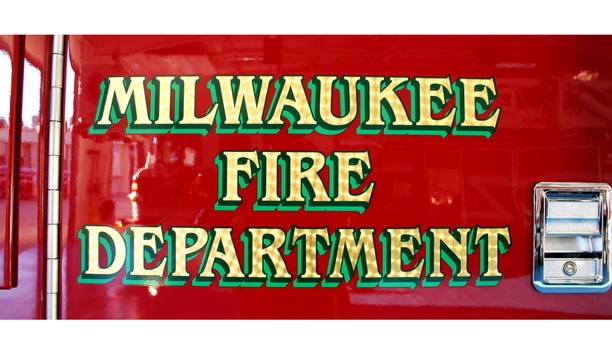A major chemical company in the UK had been running a large spray drying process for many years. They thought the explosion risk had been mitigated by installing suppression systems on the main dryer and cyclone and flameless venting on the filter. These had activated over 30 times, for real explosions, and the system had so far done its job.
However, the frequency of activations increased and eventually an explosion in the main filter lead to damage in the plant, despite the protection system. A selection of suppliers, including Fike, was asked for a solution to this suppression problem and each performed a trial with retrofitted detection devices.
Fike’s detection techniques
Fike showed that usual detection techniques were unreliable, for these incipient explosions
When a subsequent incident occurred, it was only detected by Fike and showed that usual detection techniques were unreliable, for these potential incipient explosions. Fike’s detailed review identified that the explosion data used (Kst 430, Pmax = 8.9) may be misleading.
Fike’s lengthy experience in product characterization testing, in both the 20l sphere and 1m3 test vessels, led the company to believe that the 20l sphere test would probably give erroneous results and instead suggested that a full set of tests be repeated along with a new test in the Fike 1m3 test vessel.
Identifying Explosibility Risks
Fike tested the product in one of the four 20l spheres they run and the results of the test were very close to those previously conducted by the original test house. However, tests in the 1m3 sphere resulted in a much lower Kst. This information was critical to designing the most effective suppression system.
The existing supplier’s suppression system and flameless venting devices were de-commissioned and Fike installed explosion suppression on the main dryer, cyclones, main filter, and ductwork.
Previous safety system
One vital element of the previous safety system was the implementation of flameless venting to the filter. Fike advised that flameless venting shouldn’t be applied to the filter due to its size (>250m3), as this exceeded by magnitudes the limits of any known testing.
It was also found that the existing flameless vents would not have opened since the product had been allowed to open the vent valve (a simple spring-loaded valve) enabling the product to block the radial mild steel element which was also very badly corroded.
A Full Turnkey CDM Project
Fike initiated a full turnkey Construction, Design, and Management (CDM) project. This involved full project management of all disciplines from structural steelwork and process vessel fabrication, to electrical and instrument engineers.
Following the installation and commissioning of the Fike suppression system, it was tested immediately
The project had more than 50 suppressors and 20 detection points and all the work was completed on time. Following the successful installation and commissioning of the Fike suppression system, it was tested almost immediately. During recommission of the process, the end-user accidentally allowed natural gas into the dryer and cyclones and, as expected, it ignited.
Fike was called as the atomizer of the dryer had lifted (this had not been chained down as specified by Fike). After some detailed calculations were made, it was determined that the pressure required to lift the 1.5t atomizer was in the order of 40mbarg.
Designed for Explosion Protection
Fike provided a full report to the client detailing the exact history (pressure-time graph) of the explosion by extracting the saved data from the control system. This demonstrated that there was an explosion and although the system was not designed for the hazard (gas) that had occurred, it was successfully suppressed to 197mbarg, well below the design strength of the dryer.
This Fike suppression system has been protecting the process at this chemical company for several years and demonstrates that with an experienced and knowledgeable design team, difficult processes can operate safely with protection systems. These not only guard against loss of life and damage to valuable assets but also reduce additional operation problems such as downtime.















